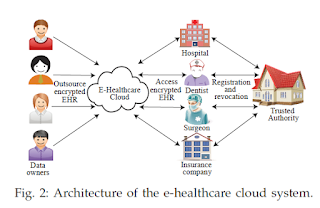Identifying On-site Users for Social Events: Mobility, Content, and Social Relationship

Aim: to identify on-site users of an event, from whom we could gather valuable information regarding the process of events and investigate suspects when an event is associated with crime or terrorist. Existing System: To identify on-site users, the traditional and straight forward way is to search users whose tweets are geo-tagged and located within a certain range (e.g., 200 meters) of the center location of a target social event. Drawback: · only 34% of Twitter users have meaningful location information in their profiles for on-site user identification and less than 1% of Twitter users tag their tweets with GPS location [2, 3]. · The sheer volume of social media users and their posts and the lack of user location information make it particularly challenging to identify on-site users. Proposed System: Fused Feature Gaussian Process Regression (FEGOR) model, which exploi...
